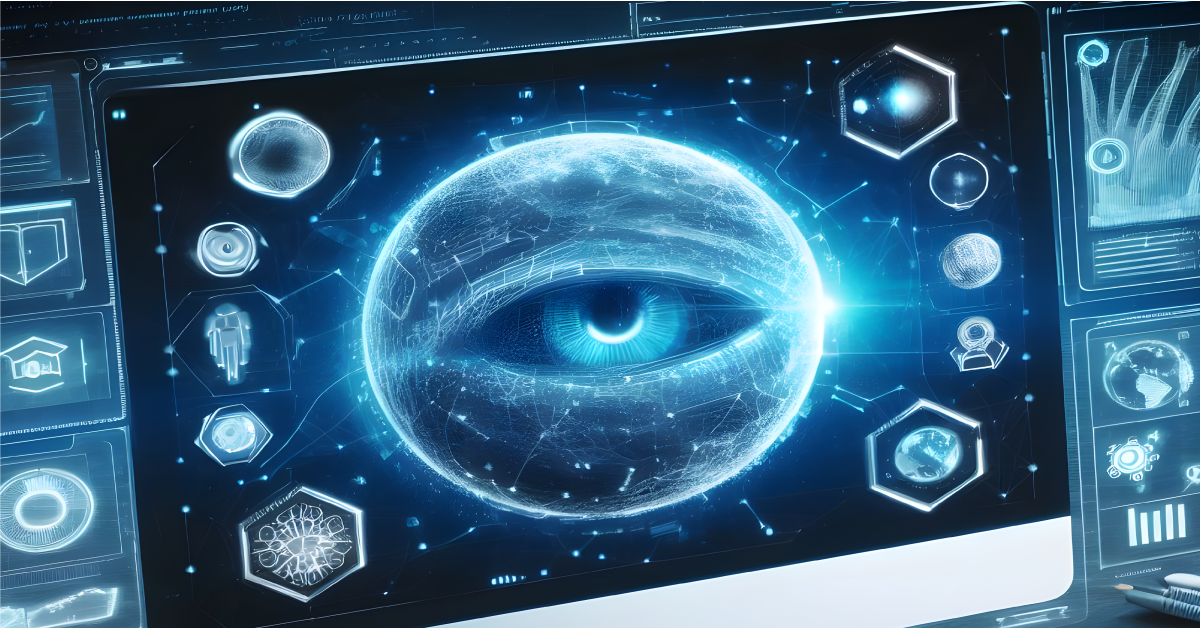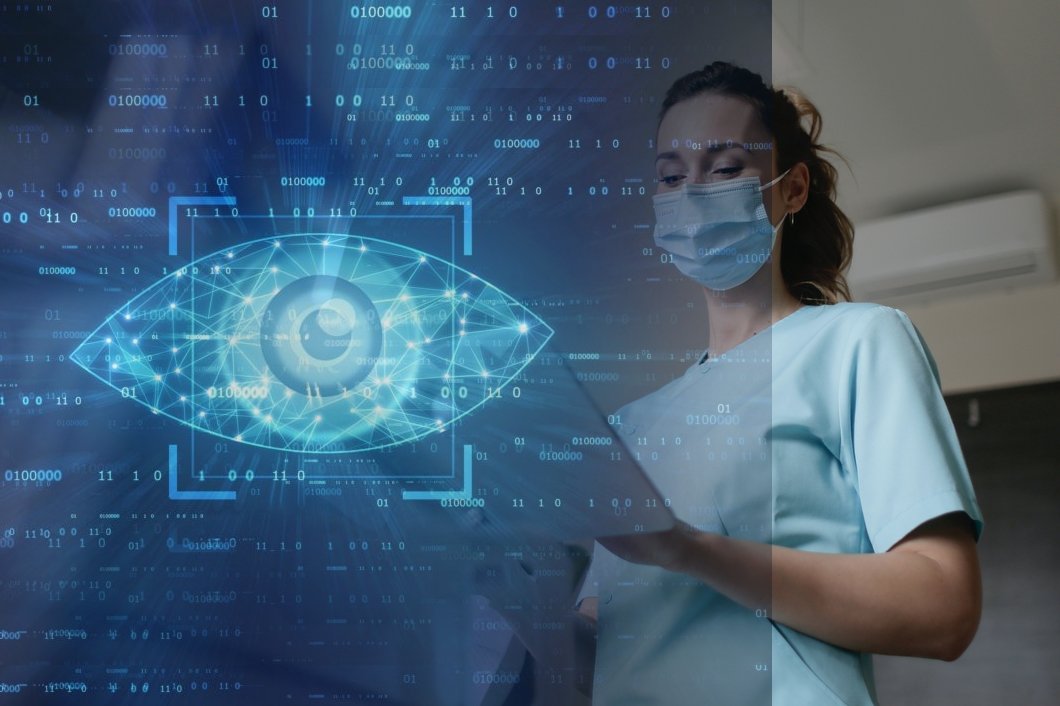The Advancements in Computer Vision
Computer vision, a subset of artificial intelligence (AI), has seen remarkable advancements in recent years. This technology enables machines to interpret and make decisions based on visual data, mimicking human sight.
The progress in computer vision has paved the way for innovations across various sectors, from healthcare and automotive to retail and security.
This article explores the key advancements in computer vision, its applications, and the future possibilities it holds.

Key Technological Advancements
Deep Learning and Neural Networks
The advent of deep learning and convolutional neural networks (CNNs) has revolutionized computer vision. These technologies enable machines to learn from vast amounts of data, improving their ability to recognize and classify images with high accuracy.
Techniques such as transfer learning, where pre-trained models are adapted for new tasks, have further accelerated progress, making sophisticated image recognition accessible even to smaller organizations.
Real-Time Object Detection
Real-time object detection has become a cornerstone of modern computer vision applications.
Algorithms like YOLO (You Only Look Once) and SSD (Single Shot MultiBox Detector) have made it possible to detect and track objects in live video feeds quickly and accurately.
This capability is crucial for applications like autonomous driving, where the timely identification of objects on the road is essential for safety.
Generative Adversarial Networks (GANs)
Generative Adversarial Networks (GANs) have introduced a new dimension to computer vision. GANs consist of two neural networks – a generator and a discriminator – that work together to create realistic images from scratch.
This technology is not only enhancing image generation and editing but also improving image recognition by creating diverse datasets for training purposes.
3D Vision and Depth Sensing
The integration of 3D vision and depth sensing has expanded the capabilities of computer vision beyond 2D image analysis. Technologies such as LiDAR (Light Detection and Ranging) and structured light sensors provide detailed spatial information, enabling applications in robotics, augmented reality (AR), and virtual reality (VR).
These advancements allow machines to understand and interact with their environment more effectively.
Applications of Computer Vision
Healthcare
 In healthcare, computer vision is transforming diagnostics and treatment planning. Medical imaging analysis powered by AI can detect diseases such as cancer and diabetic retinopathy at early stages with greater accuracy than traditional methods.
In healthcare, computer vision is transforming diagnostics and treatment planning. Medical imaging analysis powered by AI can detect diseases such as cancer and diabetic retinopathy at early stages with greater accuracy than traditional methods.
Additionally, computer vision is aiding in surgical procedures by providing real-time guidance and improving outcomes.
Automotive Industry
The automotive industry is leveraging computer vision to develop advanced driver-assistance systems (ADAS) and autonomous vehicles.
These systems use cameras and sensors to monitor the vehicle's surroundings, detect obstacles, and make split-second decisions to enhance safety and driving experience.
Computer vision is essential for features like lane-keeping assistance, adaptive cruise control, and parking automation.
Retail and E-commerce
Retail and e-commerce sectors are utilizing computer vision to enhance customer experience and streamline operations.
Facial recognition and emotion detection technologies are being used to personalize marketing efforts, while automated checkout systems reduce wait times and improve efficiency. Inventory management is also being optimized through visual recognition of products and stock levels.
Security and Surveillance
In security and surveillance, computer vision is playing a critical role in monitoring and analyzing video feeds. AI-powered systems can detect unusual activities, recognize faces, and identify potential threats in real-time, significantly enhancing public safety.
These technologies are also being used in access control systems to improve security in sensitive areas.
The Future of Computer Vision
Edge Computing and IoT Integration
The integration of computer vision with edge computing and the Internet of Things (IoT) is set to unlock new possibilities. Edge computing allows data processing to occur closer to the source of data, reducing latency and improving response times.
This synergy is crucial for applications requiring real-time analysis, such as autonomous drones and smart cities.
Ethical and Responsible AI
As computer vision technologies advance, ethical considerations become increasingly important. Ensuring that AI systems are fair, transparent, and unbiased is essential to avoid unintended consequences.
Researchers and developers are focusing on creating ethical guidelines and frameworks to govern the use of computer vision, promoting responsible AI practices.
Enhanced Human-Machine Collaboration
The future of computer vision will likely see enhanced collaboration between humans and machines.
Augmented reality (AR) and virtual reality (VR) applications will enable more immersive interactions, while advancements in gesture recognition and eye-tracking will make interfaces more intuitive. These developments will revolutionize fields such as education, training, and entertainment.
Breakthroughs in Unsupervised Learning
Unsupervised learning, where AI systems learn from unlabelled data, holds great potential for the future of computer vision. This approach can significantly reduce the need for extensive labeled datasets, making it easier to develop robust models. As research progresses, unsupervised learning could lead to breakthroughs in understanding complex visual data and creating more adaptable AI systems.
Conclusion
The advancements in computer vision are reshaping the way we interact with technology and the world around us. From healthcare and automotive to retail and security, the applications are vast and transformative. As we continue to explore the potential of computer vision, ethical considerations and responsible AI practices will be paramount in ensuring these technologies benefit society as a whole. The future of computer vision is bright, with endless possibilities waiting to be realized.
Sources
- Deep Learning and Computer Vision
- YOLO Object Detection
- Generative Adversarial Networks (GANs)
- LiDAR Technology
- AI in Medical Imaging
- ADAS and Autonomous Vehicles
- Facial Recognition in Retail
- AI for Video Surveillance
- Edge Computing and IoT
- Ethical AI Guidelines




































